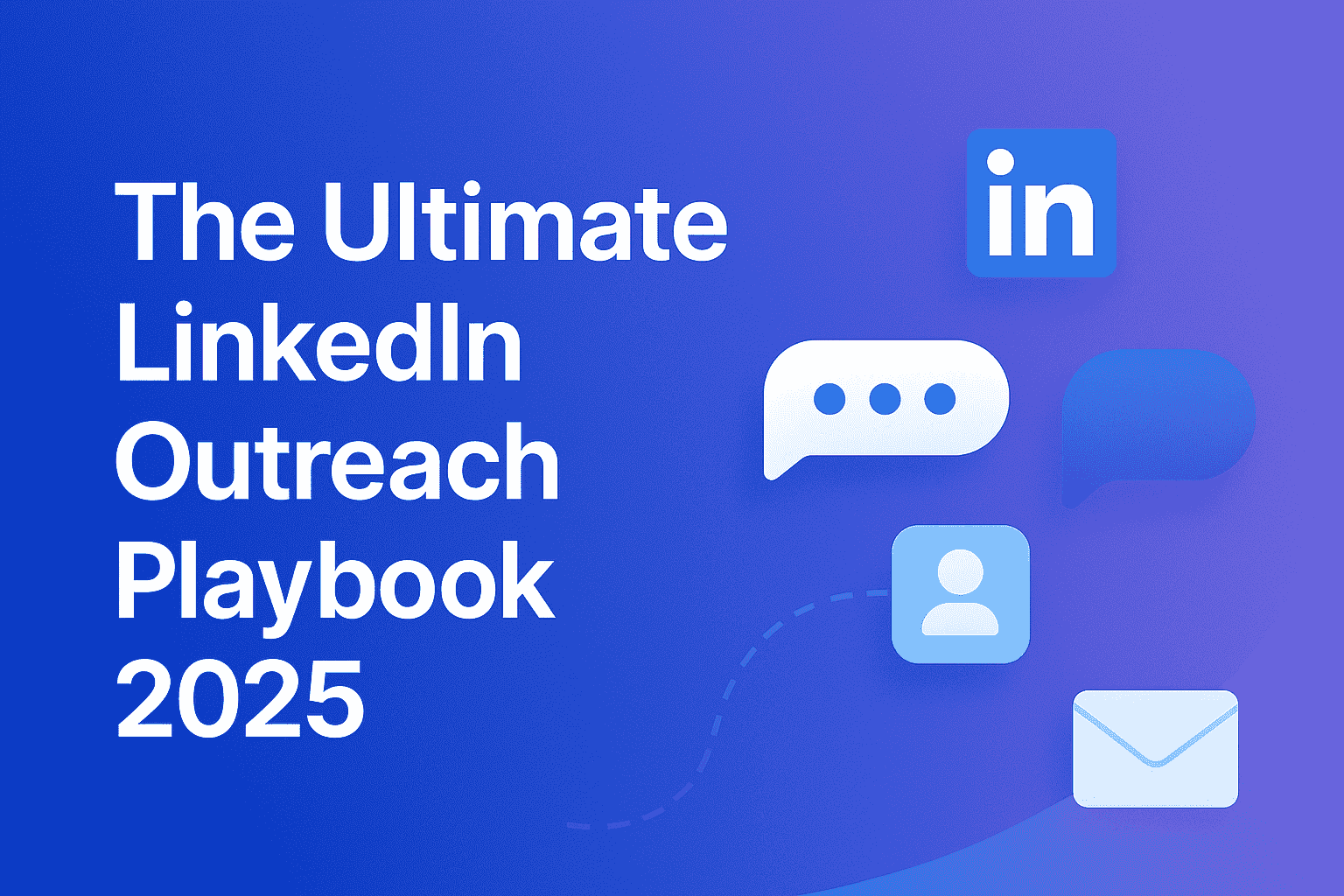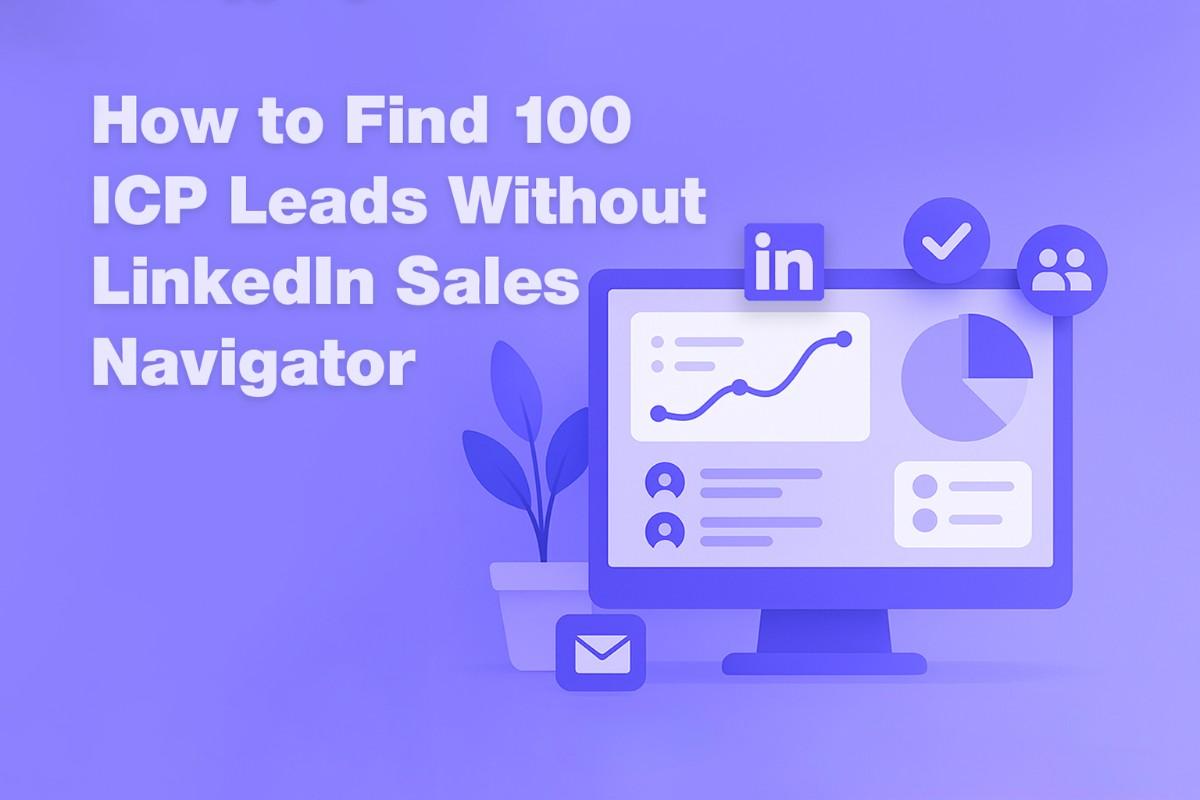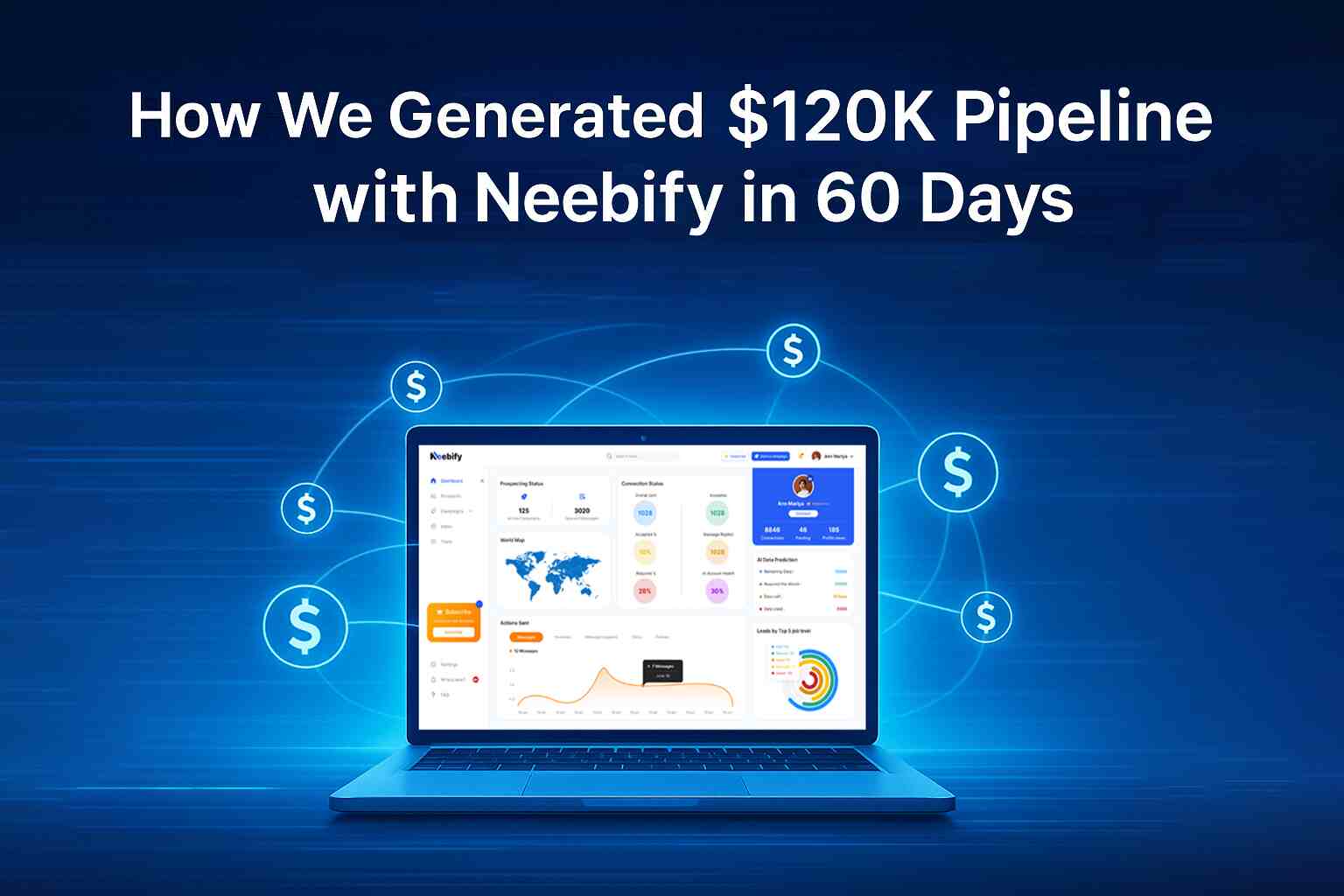Table of content
What is Multi-Channel Strategy in Automated Lead Generation?
A multi-channel strategy for automated lead generation means the usage of several platforms in trying to reach the prospects and generate leads. Correspondingly, it involves various digital channels in contacting the prospects, whatever stage they are in within their buying cycle. Such channels will include email, social media, content marketing, search engine optimization, Pay-Per-Click advertising, webinars, and many others. This strategy confirms that the audience is getting a consistent message across diverse channels for enhanced engagement and building trust.
Automation tools have become at least pivotal in the case of lead generation. Such tools help manage interactions across channels without any interference required themselves. They make repetitive tasks-like sending follow-up emails, tracking users' behavior, and segmenting leads according to their interest-easier. This is about creating a cohesive and engaging customer experience in driving conversions and optimizing marketing efforts.
In fact, multichannel strategies rely on the very notion that no single medium is used singly by any prospect to seek an inquiry or make a purchase decision. Rather, they go through several touchpoints in the form of search engines, social media, blogs, or even e-newsletters before they decide to engage or convert. This is how companies can be more visible, reach as many prospects as possible, and have their message resonate with a diverse audience using multichannel means.
Importance of Multi-Channel Strategies in Automated Lead Generation
1. More Extensive Reach and Visibility
The multi-channel strategy lets the companies reach more people. Each channel has its peculiar set of users, and by using multiple channels, companies can reach out to other segments of their target audience, which otherwise would have been difficult or impossible with a single-channel approach. Some may primarily use social media, while others heavily rely on email newsletters or search engines to discover new products and services. This means that by continuously being visible across many different platforms, a company increases its exposure to potential leads.
2. Enhanced Customer Interaction
Multichannel strategies impart different touchpoints with which customers can get in contact and interact with the brand. Therefore, a prospect could communicate through methods that they feel most comfortable using, which automatically brings about better engagement. By allowing businesses to embrace a wide range of preferences across their audience, this flexibility naturally contributes to a rise in engagement levels. It also contextualizes the content and messages across each platform for increased relevance with which to resonate with their audiences, using the help of automated tools.
3. Better Lead Nurturing
It is clear that nurturing is absolutely needed in order to convert prospects into clients. A multi-channel approach enables businesses to deliver tailored content at several stages along the customer journey. For instance, a prospect who downloaded a white paper from a website might receive follow-up emails and see relevant ads on social media regarding that same topic. The consistent messaging across channels helps in keeping the brand top-of-mind, therefore increasing the likelihood of conversion. Automation tools can segment leads based on behavior so that the right message goes out at the right time on the right channel.
4. Better Data Insights and Analytics
A multi-channel approach provides valuable data from different platforms, which can give businesses an all-rounded view of their lead generation efforts. Through multi-touchpoint data analysis, companies come to learn about customer behaviors, preferences, and pain areas. Such knowledge helps them fine-tune strategies to realize ultimate goals. For instance, if certain types of content do exceptionally well on social media but not via email, this will help businesses streamline the resources accordingly. The automation tool makes this data collection and analysis even easier since it can be done in real-time, offering real-time insights into the performance of campaigns.
5. Cost-Effectiveness
While investing in multiple channels seems to be expensive, the well-implemented multi-channel approach can be less expensive in the longer run. Using various automation tools, businesses will be capable of optimizing their marketing spend by spending on channels that guarantee them the best ROI. With such clarity, for example, it would be easy to reallocate marketing budgets if they find out that social media advertising yields qualified leads more economically compared to other channels. Automation also decreases labor costs since the need for human interference is minimized and it brings efficiency.
6. Building Stronger Brand Awareness
This, in turn, will help to create a much stronger brand awareness through different channels of media. When the potential customer is aware of the brand's presence across social media, email, and even blogs, it enhances remembrance. The more familiar one becomes with it, a certain trust and credibility are created which helps businesses convert their lead base into customers more amicably. This multi-channel approach offers a consistent voice to the brand, which speaks volumes about the brand's staying power in the market.
7. More Flexibility and Adaptability
A multi-channel approach introduces flexibility in marketing. In the event of a channel not turning in the projected performance or results, the business would easily shift to another channel without disruption of their marketing activities. If, for example, email open rates fall, then a business can quickly ramp up focus on social media campaigns or SEO. This keeps businesses agile, responsive to shifts in the market for better success.
8. Reduced risk due to dependency on a single channel
This might prove to be a great risk by putting all your eggs in one basket. The algorithm, regulations, or changes in user behavior can change anytime, which might affect the effectiveness of a single-channel strategy. That being said, diversifying on several platforms helps the business minimize these risks and maintain a guaranteed flow of leads. For example, in the case where an algorithmic change occurs in social media and organic reach diminishes, it can lower the lead generation of any business that exists on a single channel. A business, on the other hand, with a multi-channel strategy will have others to rely on, such as email and SEO.
How to Implement Multi-Channel Strategy for Automated Lead Generation?
1. Identify Target Audience and Channels
The first step in implementing a multi-channel strategy will be identifying the target audience and the channels they frequent. Extensive market research has to be undertaken to understand where one's customers spend most of their time and what their preferred mode of communication is. This information will help in the selection of the most viable channel for lead generation.
2. Create a Unified Content Strategy
With a multi-channel approach, the content plan is integral and interlinked with the brand's voice and message. A business can create different content for each channel but have a similar tone. What works on their website may be a long, in-depth blog post, but on social media, that same information is conveyed with a short, engaging video. This can be assisted through automation scheduling tools which publish and distribute content consistently across channels.
3. Leverage Automation Tools
Automation tools play a vital role in the effective use of a multi-channel approach. This tool is helpful in automating repetitive tasks such as sending e-mails for marketing, posting on social media sites, and scoring leads. By automating these processes, the business will have much time to make strategic decisions while optimizing lead generation activities effectively. Automation tools give your business access to data analytics and insights that you can leverage to measure the performance of each channel to its improvement through informed decisions.
4. Personalize Communication
Personalization is the secret to lead generation. Automation tools enable companies to personalize communications based on user behavior, demographic data, and preference. For example, automation email tools send customized messages to leads depending on their interaction with the brand. Similarly, retargeting ads show users tailored content who have previously visited the website. Personalization enhances the customer experience and increases the likelihood of conversion.
5. Performance Monitoring and Optimization
A multi-channel strategy should actually be observed and optimized regularly if one is to achieve real success. Firms should study data continuously coming from all channels to understand what works and what doesn't work. Based on the analysis, they may then optimize their strategies to improve performance. For example, if some type of content is driving more leads on one platform, businesses may create more of that content and distribute it across other channels.
Best Practices for Multi-Channel Strategies in Automated Lead Generation
1. Keep Messaging Consistent: Your brand needs a single message across all channels-or confusion sets in, and few will trust it.
2. Leverage Data-Driven Insights: Utilize data from all channels to make informed decisions and further enhance the improvement of your strategy.
3. Test Continuously: Periodically conduct tests with different approaches to see which one best delivers your expected performance and alters your strategy for the better.
4. Focus on User Experience: Ensure that whatever interaction takes place, on whatever channel, is smooth and delivers a positive experience to the customers.
5. Leverage Cross-Channel Synergies: Make use of the strengths of one channel to reinforce others. For example, promote blog content via email and social media.
Conclusion
A multi-channel approach is salient for any business to outreach and engage their audience while encouraging conversions. With multiple channels, businesses could now provide an integrated, persuasive customer journey where prospects are being met where they are. Automation tools allow for effective execution of this strategy by providing them with much-needed data insights, reducing costs, and increasing customer engagement. Going forward, embracing a multi-channel approach is no longer optional but has become a utopian necessity for growth in the competitive market.
Get your next meeting in a
matter of minutes.
Free Trial
Latest
The Ultimate LinkedIn Outreach Playbook 2025
A practical, modern guide to mastering LinkedIn outreach in 2025 — learn how to boost reply rates, p
12/1/2025How to Find 100 ICP Leads Without LinkedIn Sales Navigator
Generating 100 targeted ICP leads doesn’t require LinkedIn Sales Navigator. Learn how to leverage fr
11/28/2025


